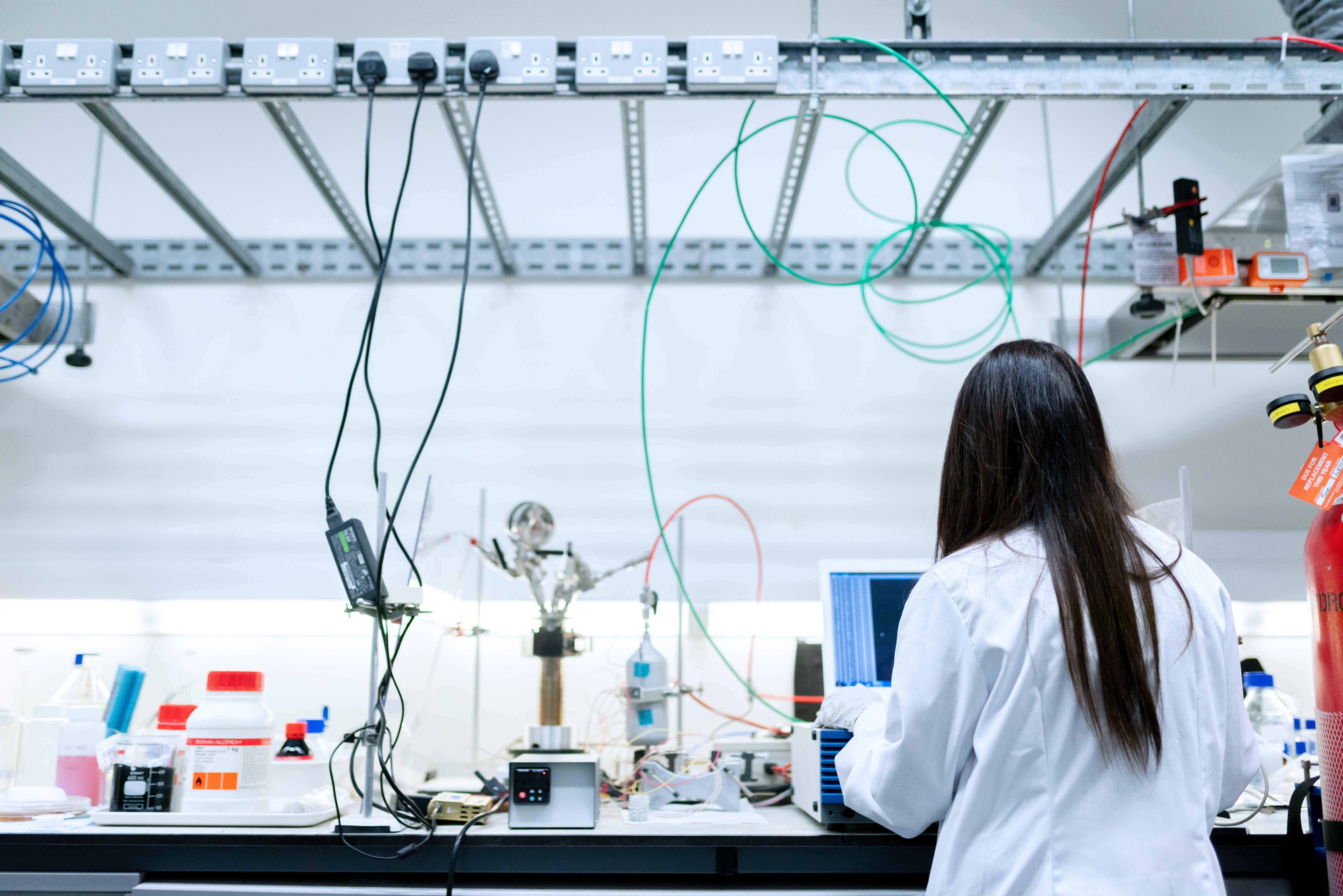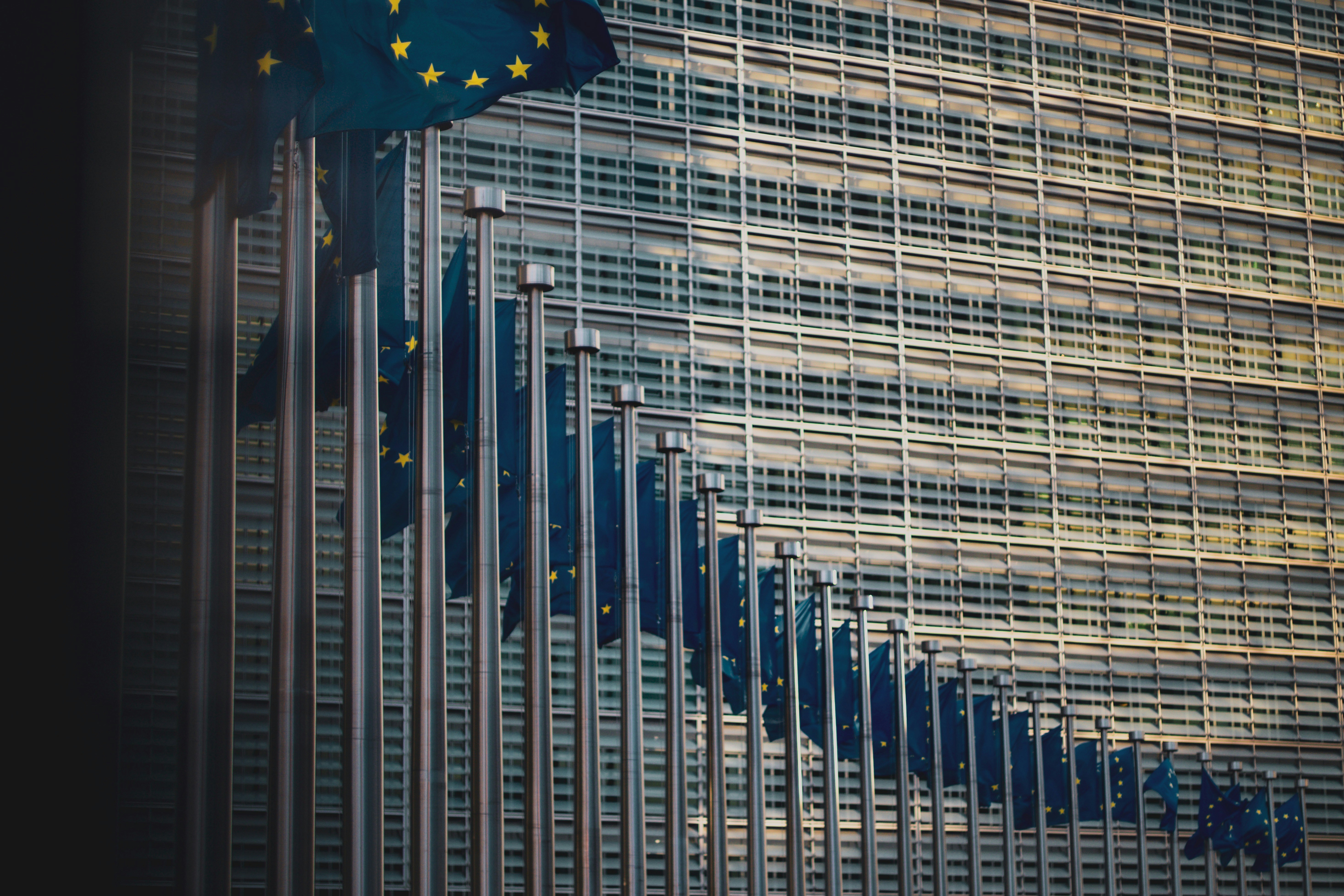The COVID-19 pandemic has confronted research funders with unprecedented challenges. As evaluations of the funding allocated during the crisis get underway, knowledge-sharing will be key to drawing the right lessons for the future.
The process of setting up a research funding initiative may take up to several years from aim-definition and programme-design to the start of the research. The backbone of much of this process is based on well-tested and well-trusted processes of remote peer review and panel review, the latter of which typically involves extended in-person meetings of international expert groups.
The COVID-19 pandemic presented substantial challenges for these processes. Knowing how to deal with the novel disease became paramount for decision-makers. Time was of the essence, so funding processes had to be conducted much faster than usual while avoiding replications of projects already commissioned in other countries. Additionally, the different measures to mitigate the spread of the virus made it impossible to organise panel reviews as in-person events. Despite these constraints in both time and space, the review process still needed to safeguard scientific quality.
These challenges were largely unprecedented for public research funders. Only a handful of actors could build on some experience, for instance from the 2014 Ebola outbreak in Western Africa when funds were quickly made available to deploy scientists and develop the needed vaccines. All the more, it has been remarkable to see how quickly public funders reacted to the new circumstances.
Just one example of how decision-makers adapted and substantially accelerated their processes are the Swiss National Science Foundation’s National Research Programmes (NRPs), a funding instrument recently reviewed by Technopolis. Since the 1970s, NRPs have been launched about once a year on a variety of topics of importance to Swiss society, ranging from nanotechnology to gender equality. The entire process from deciding on a topic to the start of research can last up to 2-3 years. However, in early 2020, the decision was taken to launch an NRP on COVID-19, and research began within just a few months. There are many other examples of this type, both from public funders and private foundations.
It is too early to say whether these rapid-response processes will remain as one-off events, or if the pandemic may in some ways change research funding processes in the long run. To give just one small example: post-pandemic, research funders may opt more often to conduct review panels remotely rather than in-person, now that this has been extensively ‘tested’. Cost-savings would be an obvious benefit, as would the ability to include a broader diversity of panellists, for example academics with personal caring responsibilities that may compromise their ability to travel.
More broadly, the pandemic has highlighted the growing role of research funders. Curiosity-driven ‘basic’ research remains as important as ever, as do innovation and business support. More recently, research funders have also focused increasing attention on thematic research to help tackle societal and ecological challenges. Now, it is clear that research funding systems should also be equipped to respond to emergencies that require a science-driven response – and such emergencies may of course happen again.
Looking to the future: a crisis toolkit for public research funders?
Transparency combined with a strong sense of solidarity and a willingness to share successes and failures could go a long way when it comes to drawing lessons from this pandemic for future crises. To be able to see what worked and what didn’t, governments, their agencies and other organisations should avoid any sense of ‘competition’ in the sense of who had the ‘best’ response, and instead carry out and share their evaluations in the spirit of co-learning.
Such knowledge exchange could even help build off-the-shelf emergency toolkits for public research funders. These might include pre-designed and proven processes which could rapidly be deployed whenever needed. This could profoundly improve the coordination between actors and increase the preparedness of ministries, governments and public agencies alike.




